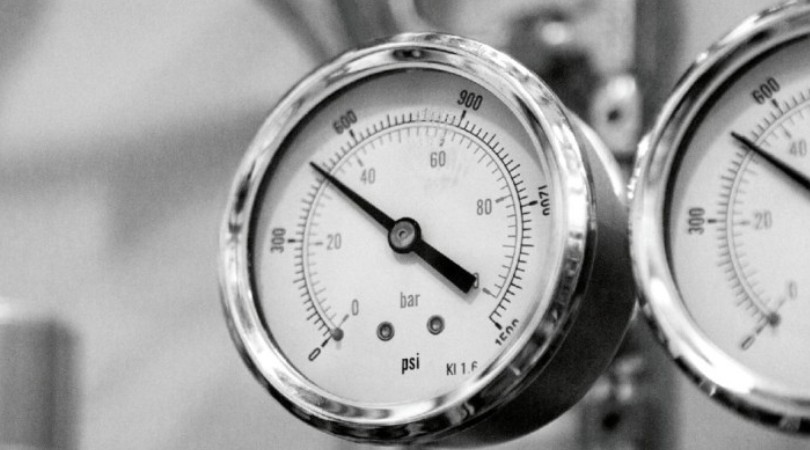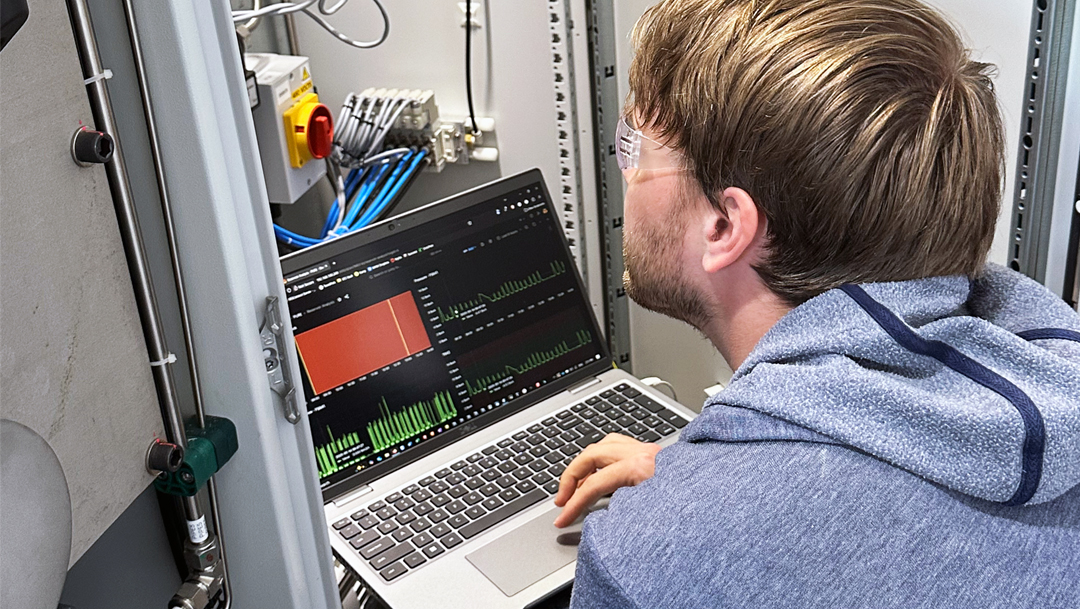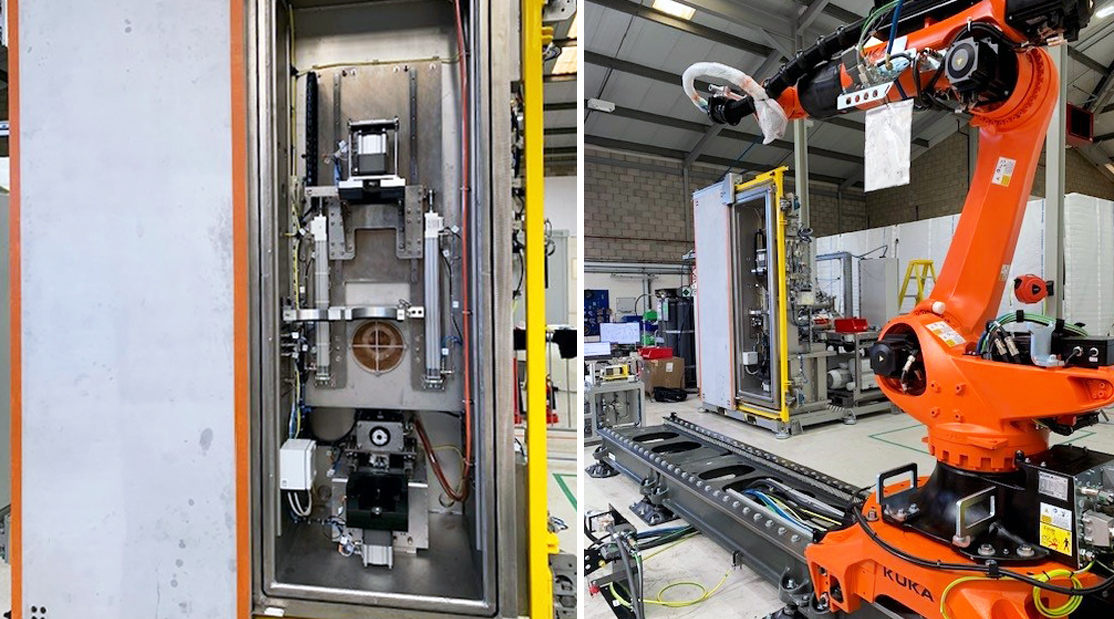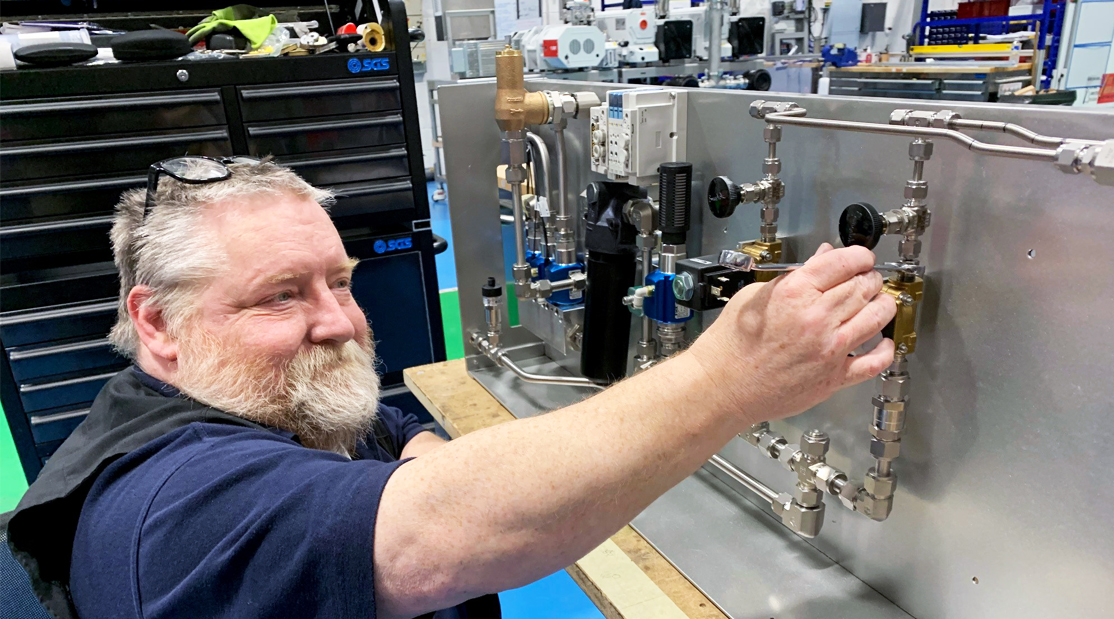The global helium shortage has created significant challenges for leak testing in manufacturing.
As a critical component of many leak testing methods, helium shortages have resulted in price increases and supply chain disruptions, impacting manufacturers around the world.
Leak testing is an important step in many manufacturing processes to ensure the quality and safety of products. Helium is commonly used as a tracer gas in various leak testing methods, including mass spectrometry, pressure decay, and helium accumulation. Its unique properties make it an ideal tracer gas, as it is inert, non-toxic, and does not react with the tested product.
However, the global helium supply chain has been strained in recent years due to a combination of factors, including natural gas production decline, limited new helium production facilities, and increased demand. Helium is produced during the extraction and processing of natural gas, and as natural gas production declines, so does the production of helium. While there have been some efforts to increase helium production, such as the construction of new production facilities, these efforts have not been sufficient to meet the increasing demand.
The shortage has had a significant impact on the manufacturing industry, particularly those that rely on helium for leak testing. The increased cost of helium has resulted in higher testing costs and reduced profit margins for manufacturers. Many manufacturers have reported difficulty in obtaining sufficient supplies of helium, leading to delays in product testing and production, longer lead times, and increased inventory costs.
To address the helium shortage, some manufacturers have explored alternative leak testing methods that use other tracer gases, such as hydrogen or nitrogen. However, these methods may not be suitable for all products and may require changes to testing equipment and processes. The unique properties of helium make it difficult to replace in certain applications, especially those that require high sensitivity and accuracy.
One solution to the helium shortage is the implementation of helium recovery and purification systems, such as the PURE helium recovery system. These systems can recover and purify helium from any leak test machine, providing manufacturers with a more sustainable source of helium. The PURE system, for example, is a plug-and-play system that is compatible with any HeLT using helium at less than 3 bar. It can also accept helium mixed with air or nitrogen as low as 50% and purify it to the required machine input pressure and concentration. With systems like PURE, manufacturers can recover and reuse helium from leak testing, reducing their reliance on external sources of helium.
Another solution to the helium shortage is the development of new leak testing methods that do not require helium. For example, the use of laser-based detection methods or acoustic leak detection could be a viable alternative to traditional helium-based leak testing methods in some applications. These new methods have the potential to improve the efficiency, accuracy, and sustainability of leak testing in manufacturing.
The helium shortage has presented significant challenges for leak testing in manufacturing, impacting industries around the world. While some manufacturers have turned to alternative testing methods, the unique properties of helium make it difficult to replace in certain applications. As the shortage continues, manufacturers must adapt to the changing supply chain and explore new solutions to ensure the quality and safety of their products. Helium recovery and purification systems and the development of new leak testing methods may offer viable solutions to this ongoing challenge.




